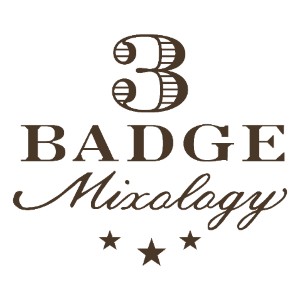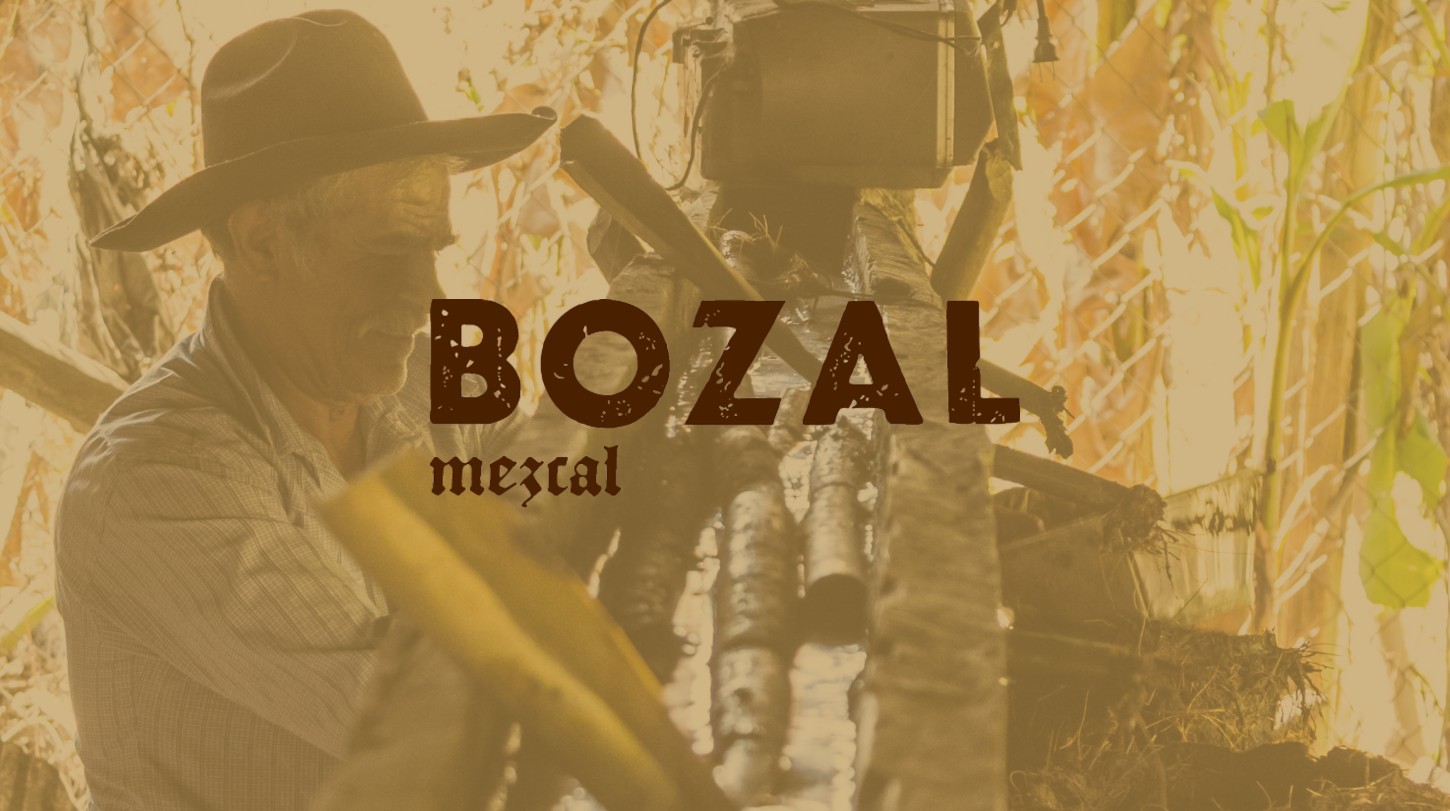

At Bozal, they believe that something wild produces a far richer spirit. On the steep precarious hillsides of Oaxaca, Gurrero and Durango varieties of indigenous agave grow wild and are heavily sought after by the local mezcaleros. These varities produce flavors that are exotically intense, with rich earth tones and savory smokiness. From the heart of the maguey, these flavors are traditionally extracted to produce mezcal that is wildly refined.
To give back to the communities crafting Bozal Mezcal, a portion of production fees paid by 3 Badge Beverage Corp. support various community efforts in the local villages.
HOW IS BOZAL MEZCAL MADE?
Bozal uses an artisanal approach toward production in order to create an unadulterated style of mezcal. In keeping with the 200-year-old tradition, the agave hearts are cooked in earthen pit ovens, later to be crushed and mashed by a stone Tahona wheel turned by a horse. Without the addition of artificial yeast, open air fermentation allows the sugars to ferment utilizing naturally occurring yeast. The mezcal is then purified through a double distillation process.
For every one maguey harvested to produced Bozal, two are planted in a mountainside wild nursey to be transported back into the wild after one to two years.
WHERE IS BOZAL MEZCAL FROM?
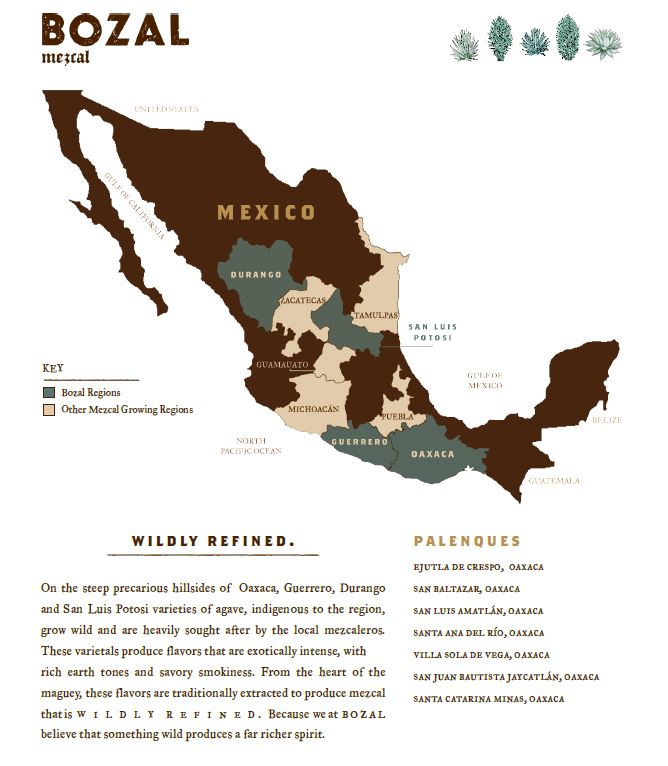
WHAT TYPE OF AGAVE DOES BOZAL USE?
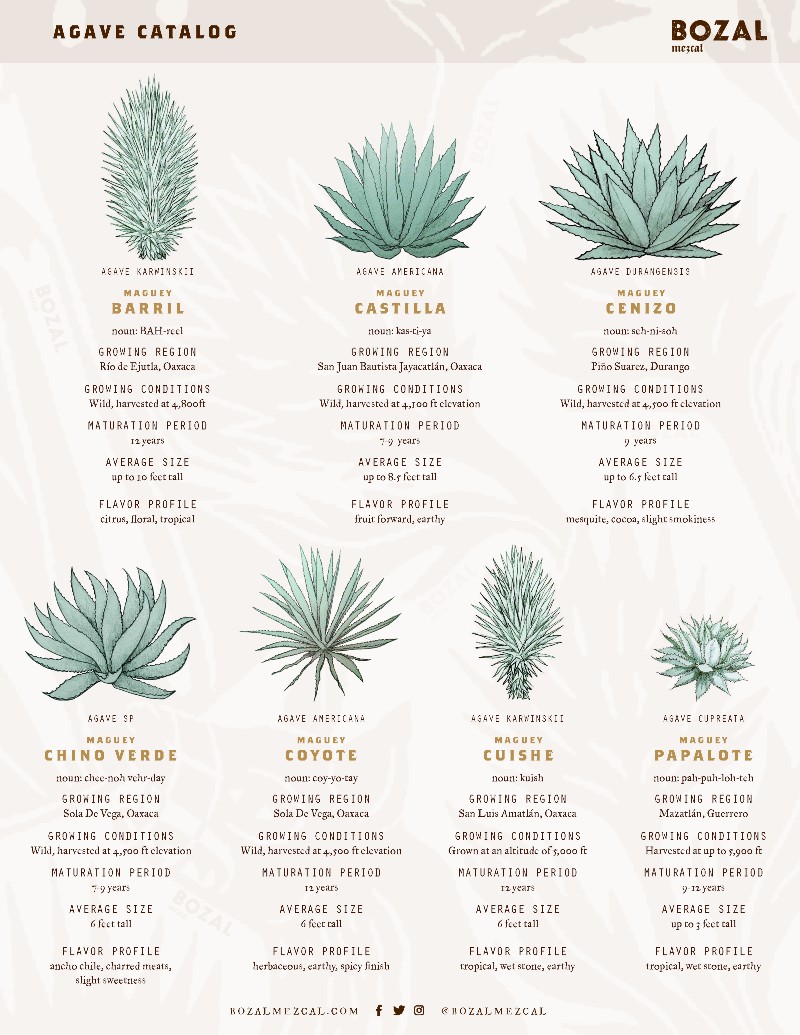
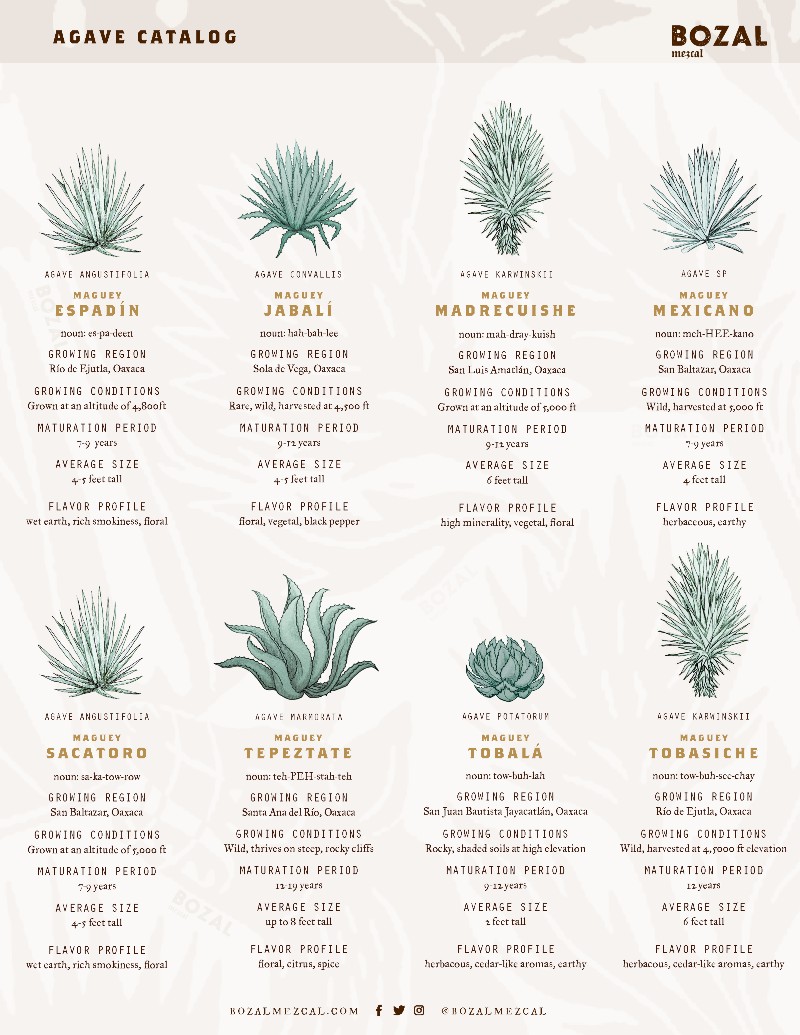
MEZCAL SELECTIONS FROM BOZAL
Espadín-Barril-Ensamble
A slightly smoky, yet herbaceous undertone rests on the center of the palate, while citrus and floral notes from the Barril are introduced and strengthened by the warm viscose finish of the Mexicano. This is a light and easy sipping mezcal, which will delight and surprise you with its complex lingering finish.
-
Espadín: the agave known as the genetic Mother of the Blue Weber Agave, is used to produce tequila, and is also the predominant agave used in mezcal production. Unique in itself, the characteristics of this agave showcase the aromas of wet earth, a rich smokiness on the mid-palate, and a finish reminiscent of wild flowers.
-
Barril: this thick-foliaged, wild agave, often used as fencing to divide land in Oaxaca, intensifies the complexity of this mezcal. As citrus and floral notes arise, hints of green peppers compliment the nose. The palate is a delightful balance of citrus and creamy banana.
-
Mexicano: an agave that thrives in the moist environment of lower elevations. This wild agave can grow quite large and is usually harvested when close to ten years of age. The concentration of sugar in the fully mature agave produces an extremely powerful mezcal. The palate is distinctively herbaceous and earthy with a long lasting finish in the mouth.
Cenizo Single Maguey Mezcal
This Cenizo opens with bright aromas of orange peel and floral notes. The palate is driven by big flavors of mesquite and sweet barbequed meats. Hints of dark chocolate and cocoa complement the slight smokiness on a smooth and long finish.
-
AGAVE CENIZO Of the Durangensis family of agaves, this wild agave is typically harvested from the hillsides of Durango. Cenizo thrives in high altitudes up to 8,5ooft with cool and dry conditions.
-
100% Agave Durangensis | Piño Suarez, Durango | NOM-0472X Copper Pot Still
Cuishe Single Maguey Mezcal
Driven by intense citrus and strong minerality, the Cuishe has a dry entry. As is experienced in the rich tropical fruit on the palate that moves to sweet potato on the front. Green vegetal notes in the mouth and a dry smoky finish then follow. A complex flavor profile that proves quite enjoyable.
-
AGAVE CUISHE One of the most physically distinct species of agave, the Cuishe, a subspecies of the Karwinskii Family of agave, grows vertically as a single stalk with its leaves spreading at the top. Due to its unusual structure, and the stalk containing the firmer piña material, the Cuishe can be difficult to harvest and to work with in general. This agave offers aromas full of tropical fruit with a dry piney and mineral finish.
-
100% Agave Karwinskii | San Luis Amatlán, Oaxaca | NOM-0472X Copper Pot Still
Tepeztate Single Maguey Mezcal
Herbaceous aromas, with a touch of wet stone on the nose, accompanied by grapefruit zest, orange flower and pine. Fresh florals, white pepper and minerals are highlighted on the palate with prominent notes of spice on the finish.
-
AGAVE TEPEZTATE The Tepeztate, a subspecies of the Marmorata Family of agave, has a very distinct, erratic leaf structure and flourishes best on the sides of steep, rocky cliffs. The Tepeztate produces beautiful quiotes at the end of life which flower a rich yellow before turning to seed. This agave offers a powerful, unique aroma dominated by floral characteristics.
-
100% Agave Marmorata | Santa Ana del Río, Oaxaca | NOM-0472X Copper Pot Still
Tobasiche Single Maguey Mezcal
With an unconventional sweet nose this mezcal exerts traces of quince, anise, and strong minerality. This bouquet is complimented by rich herbaceous botanicals on the finish.
-
AGAVE TOBASICHE A subspecies of the Karwinskii Family of agave, the Tobasiche is a wild agave that needs twelve to thirteen years to fully mature. This agave is typically characterized by its herbaceous and cedar-like aromatics with an earthy finish.
-
100% Agave Karwinskii | Río de Ejutla, Oaxaca | NOM-0472X Copper Pot Still
Castilla Reserva Metodo Ancestral
Driven by the region that the Castilla was sourced from, the aromatics are fruit forward and earthy. A slight sweetness is evident on the palate with flavors of roasted agave, mocha and fresh mint and pepper, finishing smooth with subtle hints of smoke.
-
AGAVE CASTILLA Part of the American Oaxacensis agave family, the Castilla is a close cousin to the Espadín agave. Smaller in size than an Espadín and often discovered more in the wild, this agave is heavily influenced by its terroir. Sourced from deep in the heart of the Oaxaca valley close to a river, the agave added fruit forward notes.
-
100% Agave Americana | San Juan Bautista Jayacatlán | NOM-042X Clay Pot Still
